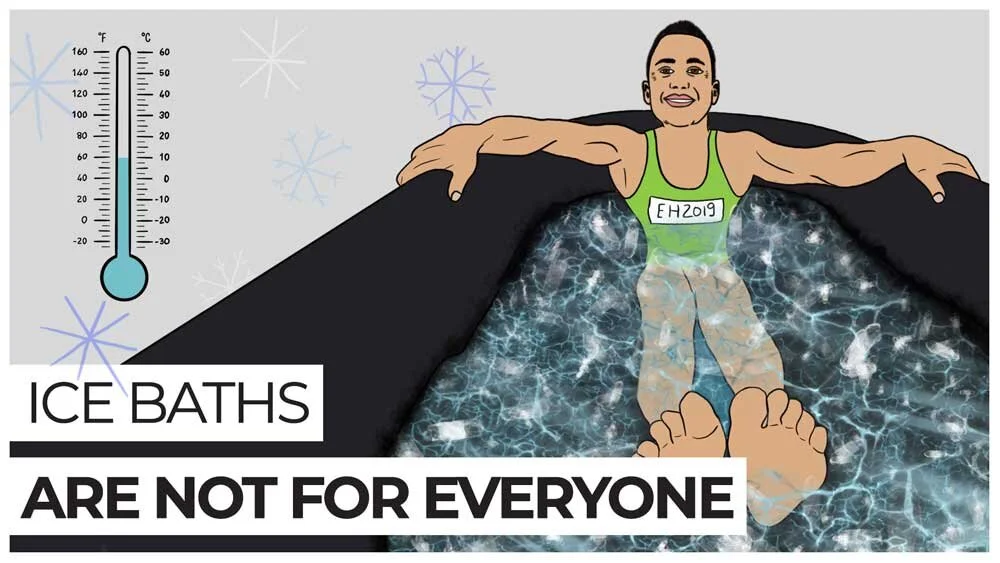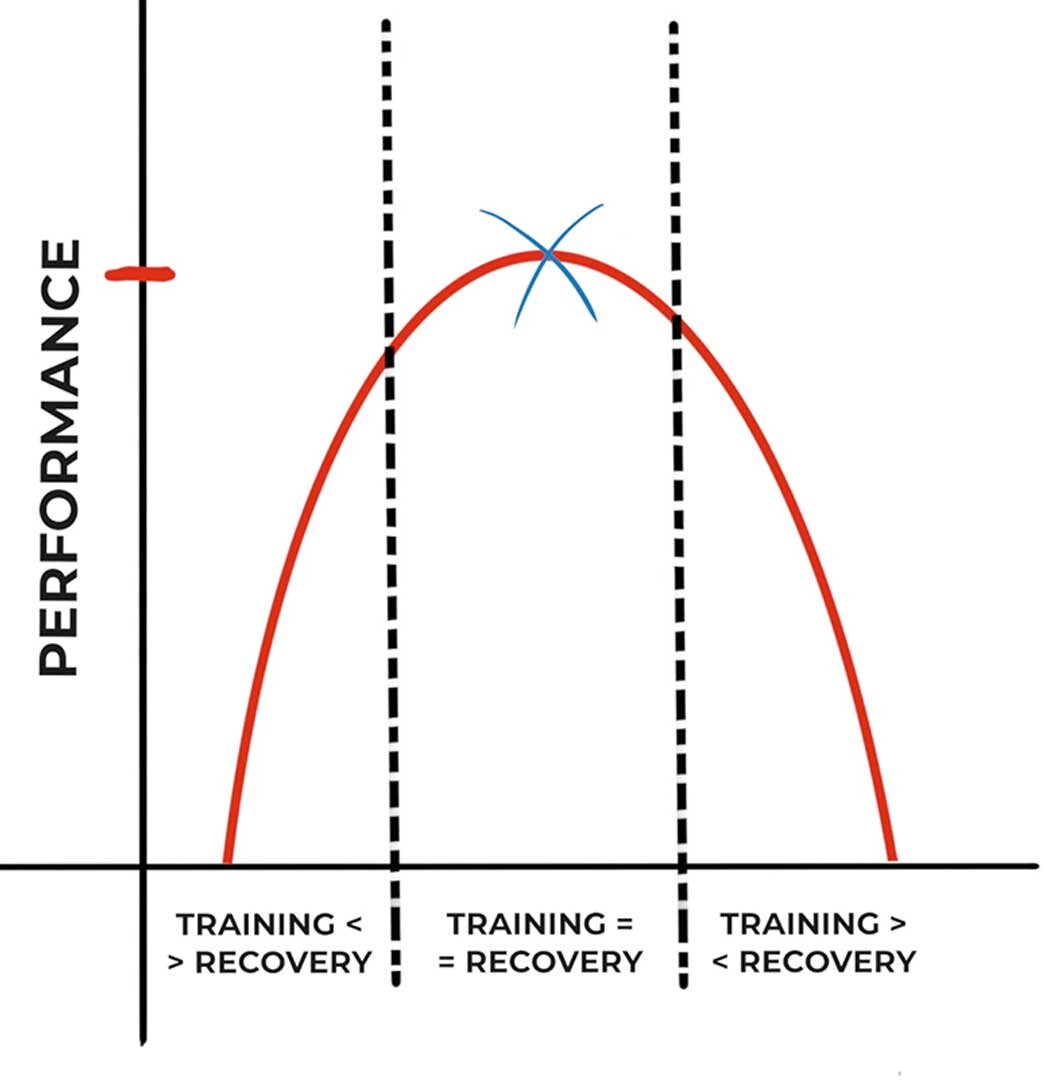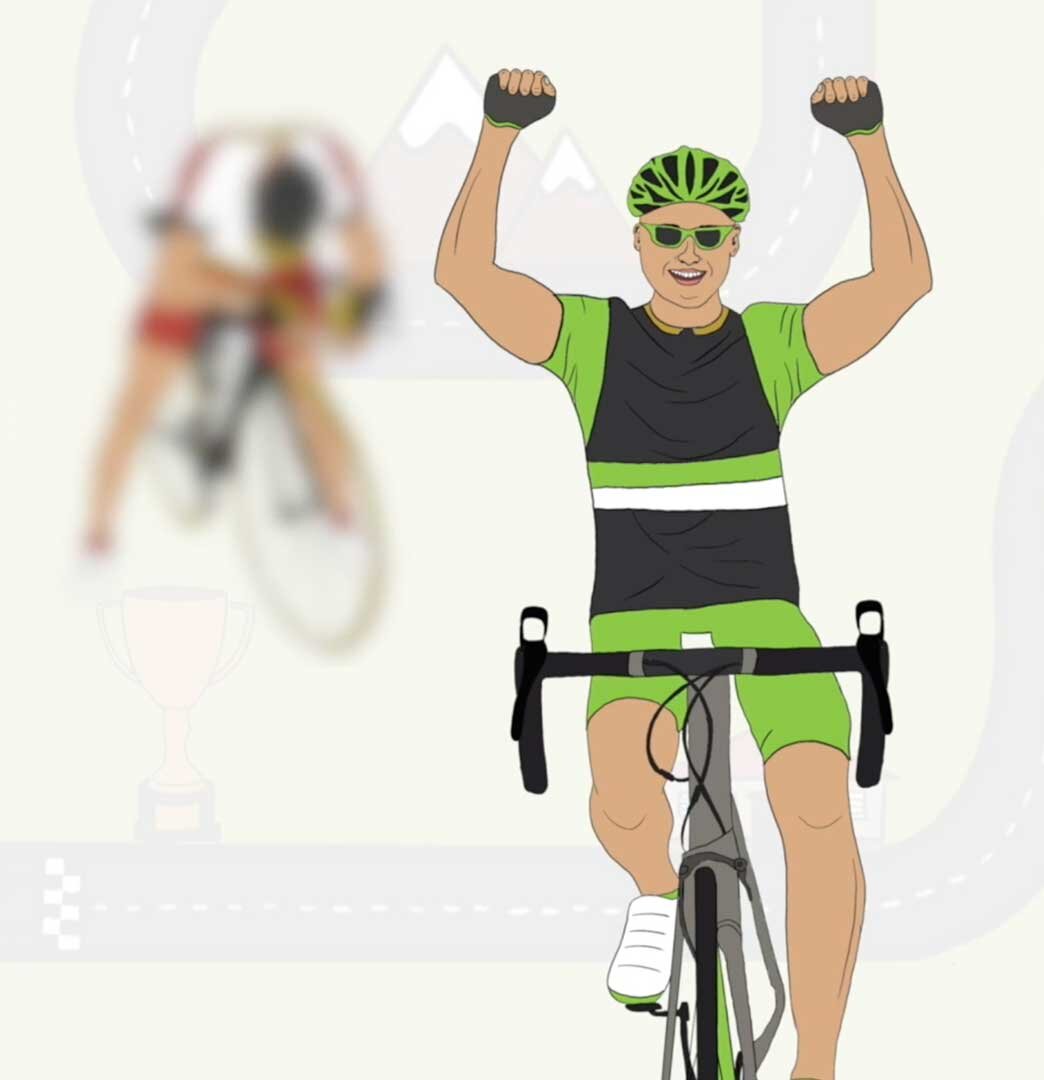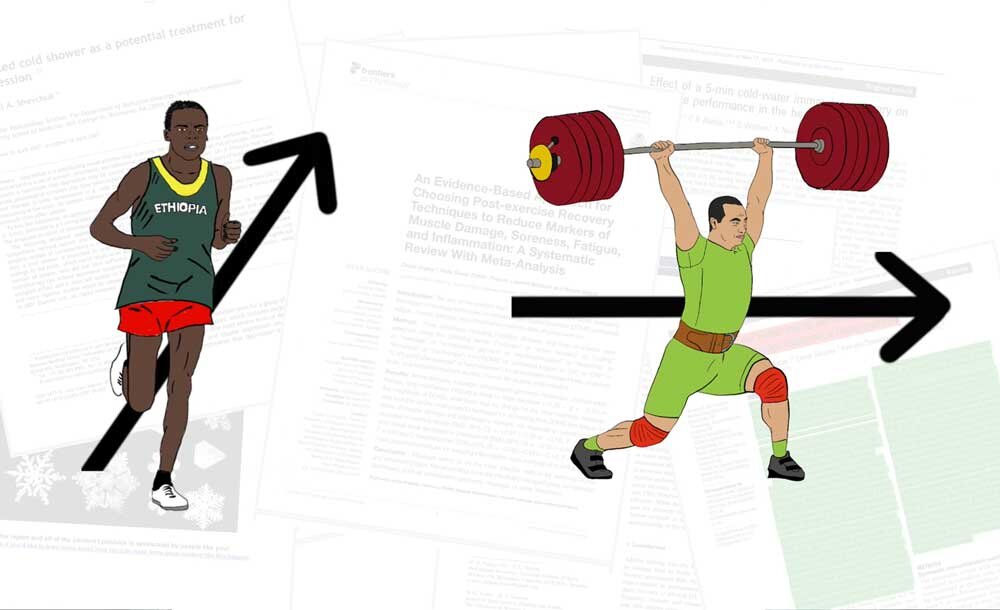Ice Baths for Athletes | The Benefits and Side Effects
Written by Christopher Ioannou, BSc (Hons) Sports & Exercise Science
Reading Time: 6 minutes
The video version of this post:
Ice Baths and Cryotherapy is all the craze right now. Athletes and avid gym goers are using cold exposure after exercise as a tool to speed up recovery and improve performance.
In this post I will present the very nuanced and sometimes conflicting research behind ice-baths to help you understand if this type of therapy is best suited for your sport and training.
Importance of Recovery for Athletes
When it comes to any kind of athletic progress, you need to do two things to progress.
First you need to stimulate your body through training, and you must then recover from that training.
This quest for a speedier recovery has been serviced using methods like massage, compression outfits, electro-muscular stimulation, and saunas.
Each of these protocols try and tackle recovery in a slightly different way, but the underlying theme is to reduce inflammation and the consequent soreness you get post-exercise [4].
Ice Baths for Recovery
Figure 2 - Cyclists performance during a research experiment
For example, in one study it was found to significantly improve the performance of cyclists who had back-to-back races on the same day.
So, to give some context. Two groups of trained cyclists were each made to race in two timed trial events in hot and humid temperatures with a short rest in-between races. During the interval, however, one group was allowed to take a 5-minute dip in 14 degree Celsius cold water baths.
The results for the first race showed no significant difference in performance between the two groups, which was expected as the riders were all pretty evenly matched.
In the second race however, the group who had taken the 5 minute cold water bath during the rest period performed significantly better than the controlled group who took no additional recovery measures.
The higher performing cyclists also rated their perceived level of exertion lower than the poorer performing group.
These were interesting results, but the conditions were highly specific and thus, don’t necessarily relate to typical training days.
Side Effects of Ice Baths
Figure 3 - Cold Water Immersion in Sports
The long term benefits of reducing acute inflammation after exercise, through the use of Ice Baths is also questionable [1][2].
Acute inflammation is a necessary part of the Muscular Skeletal Repair Process. If CWI is, therefore, part of an athletes regular post workout regime, their long term adaptation and muscle growth can be negatively effected by curbing these natural biological processes [3].
Findings have been recorded, in multiple medium term studies, showing these adverse effects of consistent and continuous CWI [5][13].
So far it seems that CWI may be a useful tool during multi-event competitions, but not consistently after everyday training. However, before we jump to conclusions, let’s take a deeper dive into the research.
Cold Shock Proteins and Ice Baths
Figure 4 - Cold Shock Proteins have muscle protecting abilities
When someone’s core body temperature is rapidly decreased, using ice baths or cryotherapy, for example, Cold Shock Proteins (CSP) are released.
CSP have a dual benefit on the body. Firstly, these proteins have muscle protecting abilities, which have been found to be essential to hibernating animals who are inactive for many months during the winter [6].
Secondly, cold exposure up-regulates fat metabolism, which is also the primary fuel source during hibernation [9]. Therefore, the effects of CSP may be beneficial to endurance athletes, especially those who are ‘ketogenic’ and heavily rely on fat metabolism as their primary fuel source.
The release of these Cold Shock proteins can also be of interest to athletes who are unable to train because of injury, sickness, travel or any other reason and want to limit muscle wasting.
It is also important to note that for the release of CSP to occur, there needs to be minimum of a 2℉ drop in core body temperature [10]. So, the duration and intensity of the cold exposure need to be sufficient for these benefits to occur.
CSP can also help in the production of Melatonin, the sleep hormone, which suggests that CWI may be best timed at night [7]. Timing CWI in this way may even improve sleep quality, which can further help an athlete recovery from exercise.
Benefits of Ice Baths for Endurance Athletes
Figure 5 - Endurance athletes performance increase after CWI
Extreme cold exposure increases the size of mitochondria, which are the engines within muscle tissue, responsible for aerobic respiration [11].
Over time, if this increase in aerobic capacity continues, the fibre makeup of muscle will also shift towards more slow-twitch type I fibres rather than their faster type II counterparts [12].
This change in muscle fibres is matched well with the previously explained up-regulation in fat metabolism, as type I fibres have the metabolic flexibility to use both glucose and fat as its primary energy sources.
These findings relate well with studies which found that endurance athletes had performance-enhancing effects from regular CWI, while strength athlete’s performances were hampered [7].
Therefore, athletes who are focused on building strength and anaerobic capacity, utilising predominantly type II muscle fibres, are better suited to use an ‘active’ recovery protocol post-workout, instead of CWI.
Summary
Okay so let’s do a final recap and provide some conclusions from this literature review.
CWI may be useful during multi-event competitions, especially in hot conditions;
Cold exposure improves fat metabolism and increases the development of type I muscle fibres, which is beneficial for aerobically biased endurance athletes, especially those on a ketogenic diet;
Based on the previous point, strength and power athletes may not benefit from continued cold exposure as long term adaptation, glucose metabolism and fast-twitch muscle development will get retarded;
During times of inactivity Cold Shock Proteins released through cold exposure may prevent muscle wasting;
CWI can improve sleep quality and could be a useful nighttime ritual. This final point could possible even benefit strength athletes and bodybuilders if CWI is timed correctly. However, more research needs to be done on this topic.
The Best Ice Bath Temperature
Figure 6 - The optimal temperature for Cold Water Immersion is between 10 to 15℃
There is no standardised method for CWI treatment. Many studies use varying water temperatures and exposure times. I was, however, able to take the studies which showed the best results and average out their methods.
For cold exposure to be effective: Submerge your body up to the neck in water that is between 10-15℃ and for long enough to ensure a core body temperature drop of at least 2℉. That should take about 5 minutes or more to achieve.
And that’s that.
If you found this post informative and would like to see more science-based health and fitness content from us in the future, please consider subscribing to our Youtube Channel and joining our Newsletter.
Also, if you like learning about different recovery methods, then check out the post we did on The Benefits and Side Effects of Creatine.







